Image of 1951 Jaguar Mark Vii, sourced from en.wikipedia.org , Image Link.
Performance Metrics
Fundamental Metrics
Emotional Appeal
MMP Rating
| Engine Specifications | |
|---|---|
| Engine: | 3.4L XK I6 |
| Displacement: | 3442 cc |
| Horsepower: | 160 hp |
| Torque: | 195 lb-ft |
| Compression Ratio: | 8.0:1 |
| Ignition System: | Lucas ignition system |
| Cooling System: | Liquid-cooled |
| Performance Specifications | |
| 0-60 Time: | 13.7 seconds |
| 1/4 Mile Time: | Not available |
| Top Speed: | 101 mph |
| Transmission and Drive | |
| Drive Type: | Rear-wheel drive |
| Transmission Type: | 4-speed manual |
| Fuel and Efficiency | |
| Fuel System Type: | Twin SU carburetors |
| MPG: | Not available |
| Dimensions and Brakes | |
| Brakes: | Drum brakes |
| Wheelbase: | 120 inches |
| Weight: | 3650 lbs |
Note: Specifications for classic cars are given to the best of our ability, considering the limited and variant data available.
Unveiling the Elegance of the 1951 Jaguar Mark VII
With a silhouette that exudes sophistication and an aura of post-war optimism, the 1951 Jaguar Mark VII is a rolling testament to British automotive craftsmanship. Born from the storied halls of Jaguar Cars Ltd., this saloon car emerged as a beacon of luxury and performance in the early 1950s. Its unveiling marked a pivotal moment for the manufacturer, setting a new standard for executive sedans. A unique fact that piques curiosity is that the Mark VII was the preferred choice of Sir Winston Churchill, adding to its historical allure.
Design and Innovation: A Symphony of Steel and Chrome
The exterior of the Mark VII is a masterclass in design, with its fluid lines and imposing grille commanding attention. The vehicle's stance is both regal and athletic, hinting at its dual nature of comfort and performance. Inside, occupants are greeted with sumptuous leather and rich wood veneers, showcasing Jaguar's commitment to material excellence. Technologically advanced for its era, it featured amenities such as a sunroof and a heater, which were considered luxuries at the time.
Color options ranged from stately blacks and greys to more adventurous hues like blues and greens, with traditional darker tones being popular among buyers. The Mark VII was offered primarily as a four-door saloon, which became iconic for its blend of practicality and prestige.
Historical Significance: Setting the Bar for Luxury Saloons
The Jaguar Mark VII didn't just turn heads—it turned the tide in automotive luxury. It introduced features that would become staples in executive cars, such as its spacious interior and advanced suspension system. It stood apart from contemporaries with its focus on delivering a high-speed touring experience without sacrificing elegance or comfort.
Performance and Handling: Grace, Pace, and Space
The Mark VII wasn't all show; it had ample go. With a top speed nearing 100 mph and capable of accelerating from 0-60 mph in approximately 20 seconds—a remarkable feat at the time—the car offered spirited performance. Its road manners were impeccable; it absorbed imperfections with ease while remaining composed on twisty roads. The inline-six engine's purr was music to enthusiasts' ears, while the precise steering provided an engaging driving experience.
Ownership Experience: More Than Just a Pretty Face
The Mark VII was versatile enough to serve as an everyday car, a statement piece at car shows, or even as a contender in rallies. Maintenance is straightforward by classic car standards, though sourcing original parts can be challenging. Reliability is typical for a vehicle of its age; regular care is key.
Fun Facts: The Mark VII's Claim to Fame
This Jaguar model has graced both royal garages and silver screens alike. While not known for breaking speed records, it did achieve sales success and won prestigious rallies like the Monte Carlo Rally in 1956. Criticisms were few but included remarks about fuel consumption—a small price to pay for such grandeur.
Collector's Information: A Prize for Any Garage
The 1951 Jaguar Mark VII remains a coveted piece for collectors worldwide. With production numbers estimated around 30,000 units over its lifecycle, it's rare but not unattainable. Values vary widely based on condition but expect well-preserved examples to fetch anywhere from $20,000 to $60,000 or more at auction. The market trend shows appreciation for well-maintained models due to their historical significance and timeless appeal.
Conclusion: A Legacy Cast in Chrome
The 1951 Jaguar Mark VII is more than just a classic car; it's a symbol of post-war resurgence and enduring British elegance. Its combination of style, performance, and luxury set benchmarks that resonate through the decades. For those fortunate enough to call themselves custodians of this automotive masterpiece, it represents not just an investment but an inheritance of history.
1951 Jaguar Mark Vii Catalog of Parts
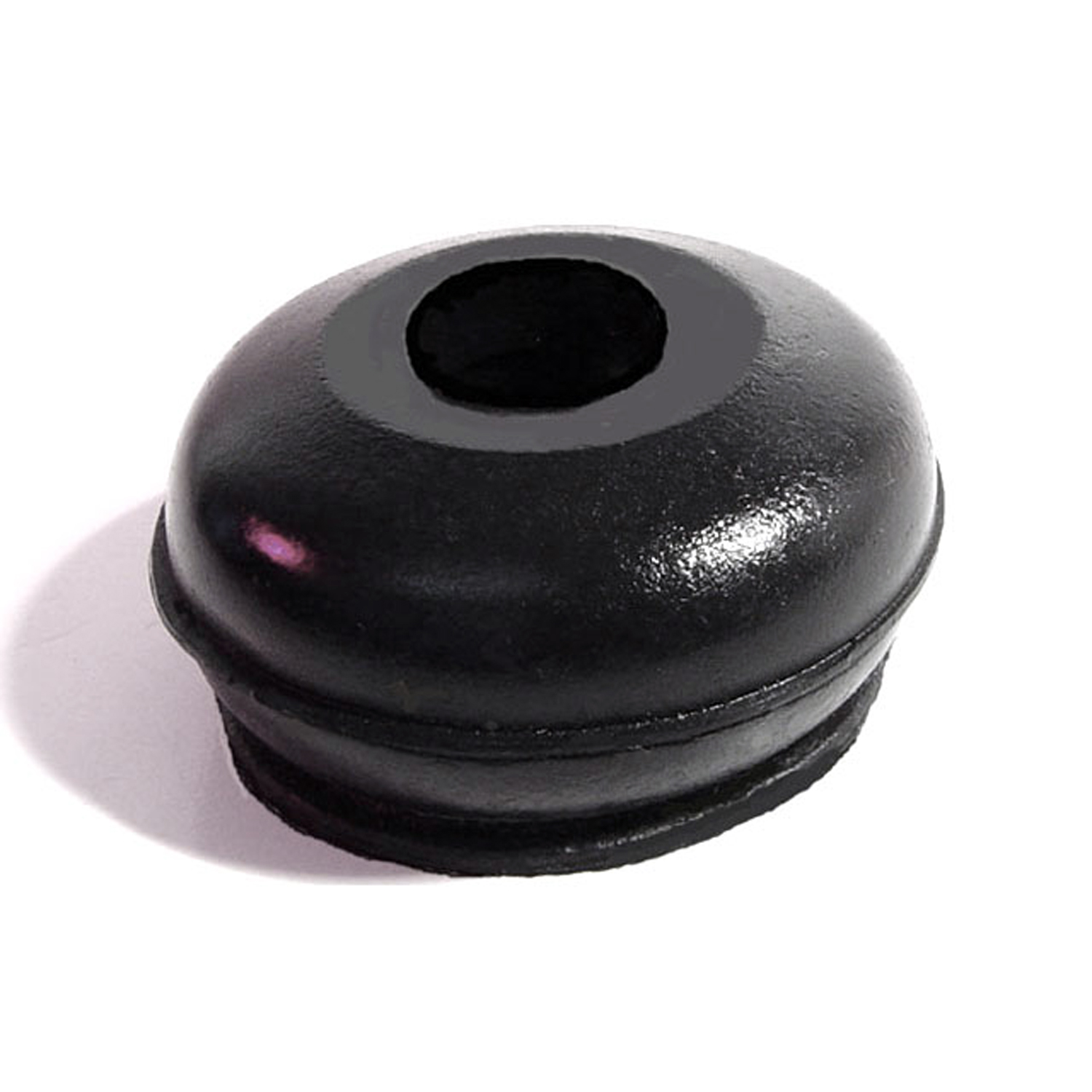 1951 Jaguar Mark VII Upper and Lower Ball Joint Boot. 5/8" upper I.D-BN 101-AUpper and Lower Ball Joint Boot. 5/8" upper I.D., 1-1/2" bottom I.D., 7/8" high. Each
1951 Jaguar Mark VII Upper and Lower Ball Joint Boot. 5/8" upper I.D-BN 101-AUpper and Lower Ball Joint Boot. 5/8" upper I.D., 1-1/2" bottom I.D., 7/8" high. Each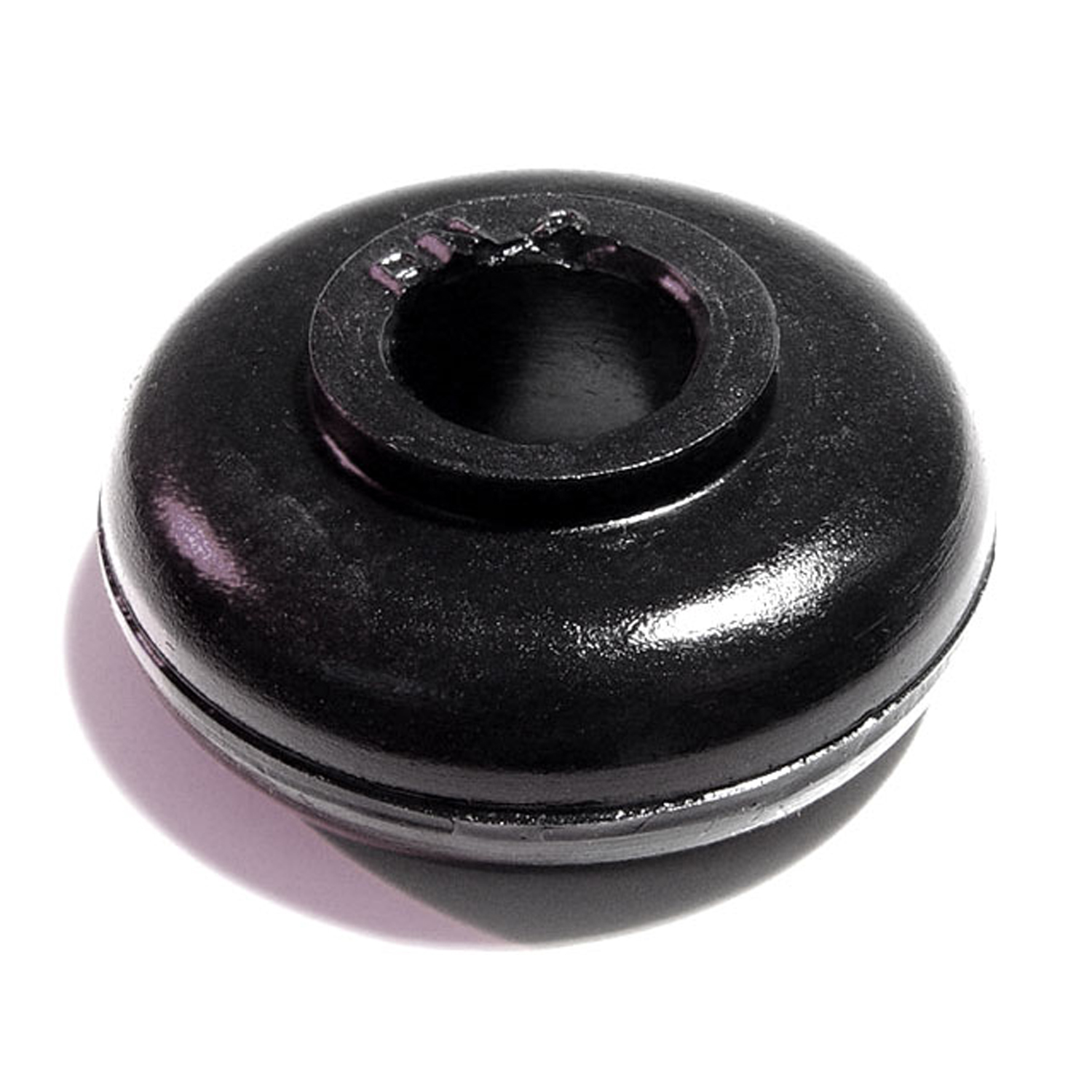 1951 Jaguar Mark VII Roll Bar Bushing. 1/2" high, with 1/2" hole. Each-BN 2Roll Bar Bushing. 1/2" high, with 1/2" hole. Each
1951 Jaguar Mark VII Roll Bar Bushing. 1/2" high, with 1/2" hole. Each-BN 2Roll Bar Bushing. 1/2" high, with 1/2" hole. Each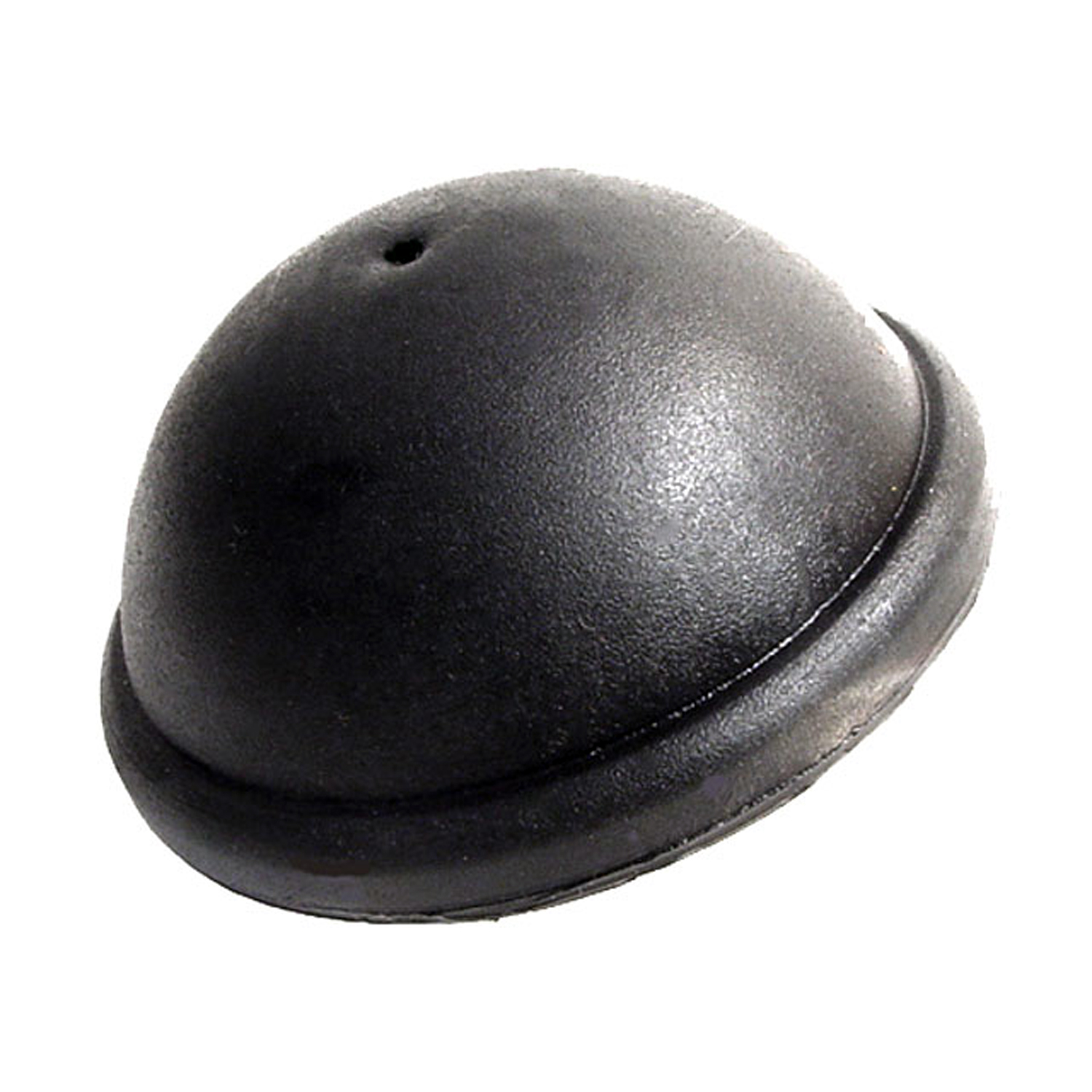 1951 Jaguar Mark VII Gas Tank Filler Cap Seal. Fits on washer. Dome shaped-GF 51Gas Tank Filler Cap Seal. Fits on washer. Dome shaped. 1-3/4" I.D., 2-1/2" O.D. Each
1951 Jaguar Mark VII Gas Tank Filler Cap Seal. Fits on washer. Dome shaped-GF 51Gas Tank Filler Cap Seal. Fits on washer. Dome shaped. 1-3/4" I.D., 2-1/2" O.D. Each 1951 Jaguar Mark VII Tail-light Pads. 4" wide X 5" long. Pair R&L-MP 799-QQTail-light Pads. 4" wide X 5" long. Pair R&L
1951 Jaguar Mark VII Tail-light Pads. 4" wide X 5" long. Pair R&L-MP 799-QQTail-light Pads. 4" wide X 5" long. Pair R&L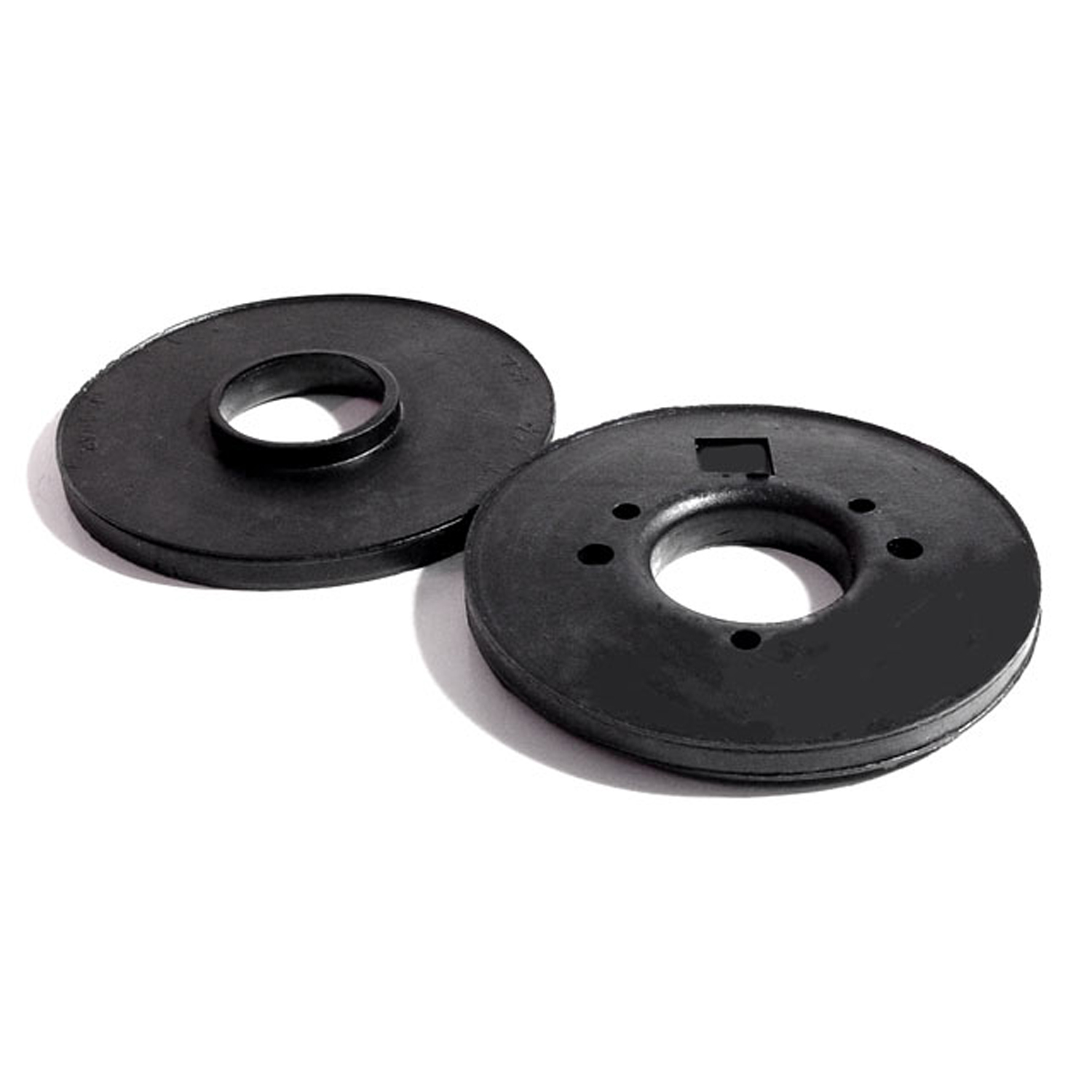 1951 Jaguar Mark VII Turn Signal Pads. Exact reproduction. 3-1/4" O.D. Pair-MP 799-ZZTurn Signal Pads. Exact reproduction. 3-1/4" O.D. Pair
1951 Jaguar Mark VII Turn Signal Pads. Exact reproduction. 3-1/4" O.D. Pair-MP 799-ZZTurn Signal Pads. Exact reproduction. 3-1/4" O.D. Pair 1951 Jaguar Mark VII Spark plug wire boot. Exclusive Metro part-RP 1-KSpark plug wire boot. Exclusive Metro part. Fits on the distributor cap end. Note: looks similar to coil boot, but is physically smaller. Replaces OEM# CO 2609. Each.
1951 Jaguar Mark VII Spark plug wire boot. Exclusive Metro part-RP 1-KSpark plug wire boot. Exclusive Metro part. Fits on the distributor cap end. Note: looks similar to coil boot, but is physically smaller. Replaces OEM# CO 2609. Each.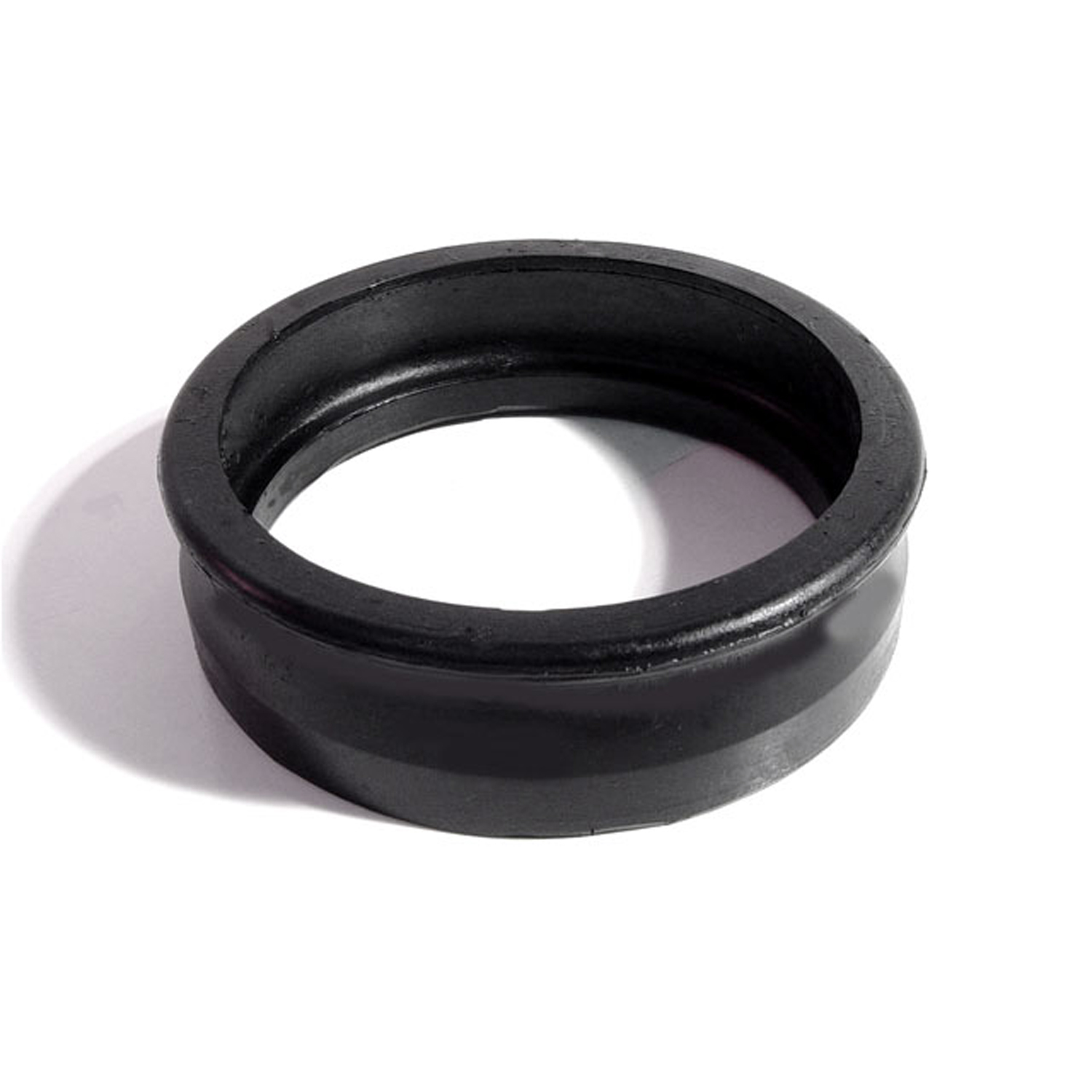 1951 Jaguar Mark VII Air Cleaner Grommet. Made of rubber. 2-7/8" I.D., 3-1/2" O-RP 300Air Cleaner Grommet. Made of rubber. 2-7/8" I.D., 3-1/2" O.D. Each
1951 Jaguar Mark VII Air Cleaner Grommet. Made of rubber. 2-7/8" I.D., 3-1/2" O-RP 300Air Cleaner Grommet. Made of rubber. 2-7/8" I.D., 3-1/2" O.D. Each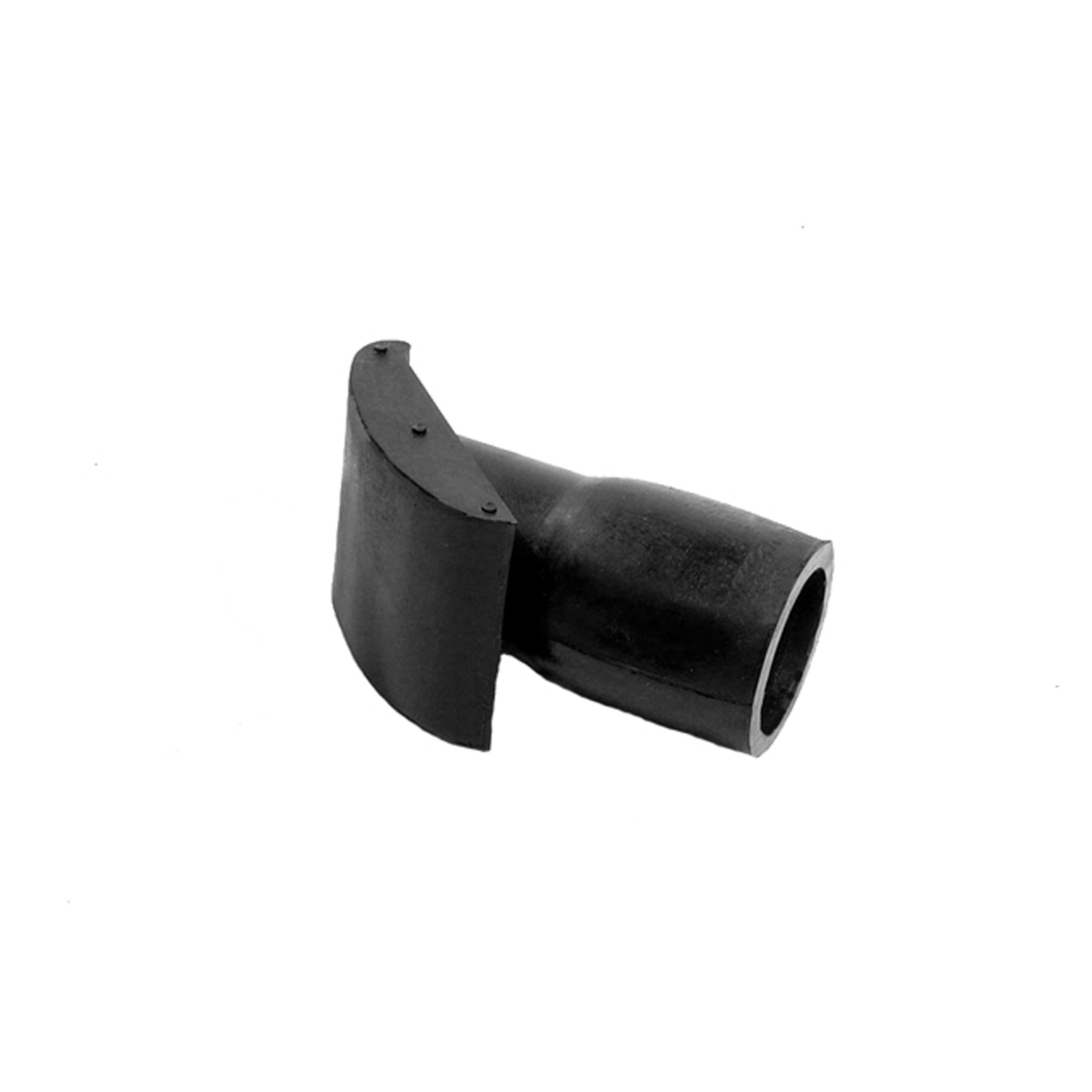 1951 Jaguar Mark VII Jack Socket Plug. Up to 4 used per car. 1" I.D-RP 90-CJack Socket Plug. Up to 4 used per car. 1" I.D., 3" total length. Each
1951 Jaguar Mark VII Jack Socket Plug. Up to 4 used per car. 1" I.D-RP 90-CJack Socket Plug. Up to 4 used per car. 1" I.D., 3" total length. Each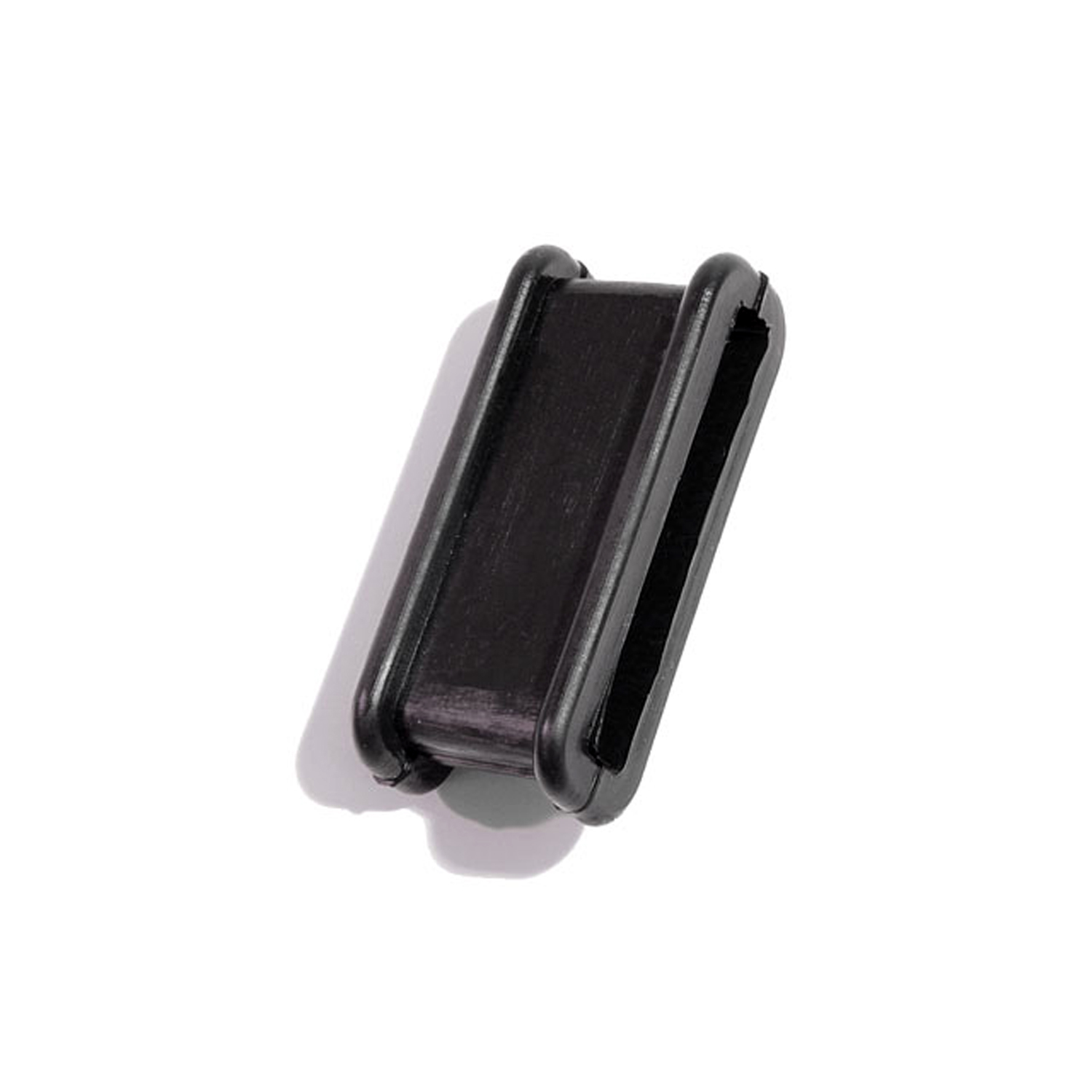 1951 Jaguar Mark VII Spark Plug Wire Holder Insulation. Each-SM 30-JSpark Plug Wire Holder Insulation. Each
1951 Jaguar Mark VII Spark Plug Wire Holder Insulation. Each-SM 30-JSpark Plug Wire Holder Insulation. EachWhy Choose Metro?
For over 100 years, Metro Moulded Parts has been the pinnacle of quality in classic car restoration parts. Our commitment to precision and authenticity in every component ensures a perfect fit and an OEM-level appearance.
- Expert Craftsmanship & Quality: Each part is a testament to our dedication to reliability and perfection, crafted from original designs and thoroughly tested.
- Advanced Technology: We use cutting-edge techniques to create flawless, long-lasting parts that surpass others in performance.
- SuperSoft Sponge – The Ultimate Door Seal: Not only are our door seals 30% softer than competitors', but they're also guaranteed to never leak. They effectively reduce wind and road noise, enhancing your classic car's comfort and driving experience.
- Proudly American: Our parts are a product of American craftsmanship, made in the USA with a spirit of excellence and heritage.
- Unrivaled Warranty: We back our products with a 30-year industry-leading warranty, a testament to our confidence in their quality.
Join us in preserving the legacy of classic cars with parts that are crafted for perfection, not just made.

